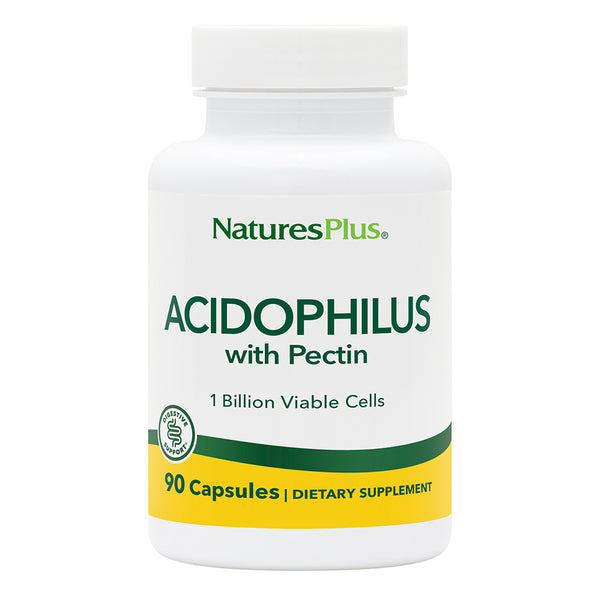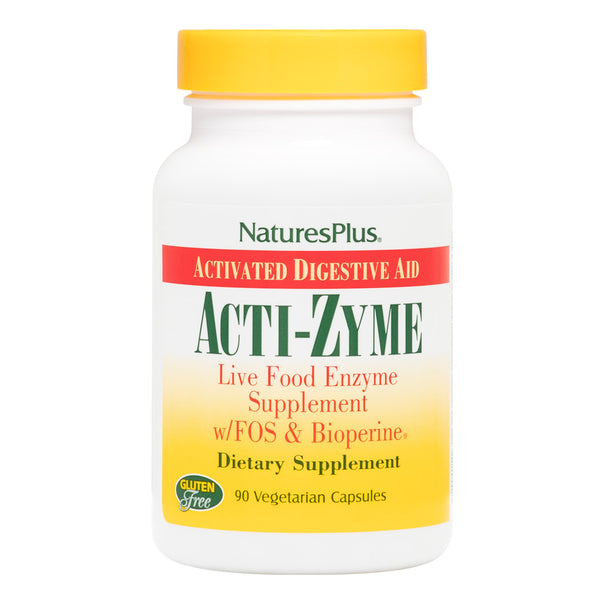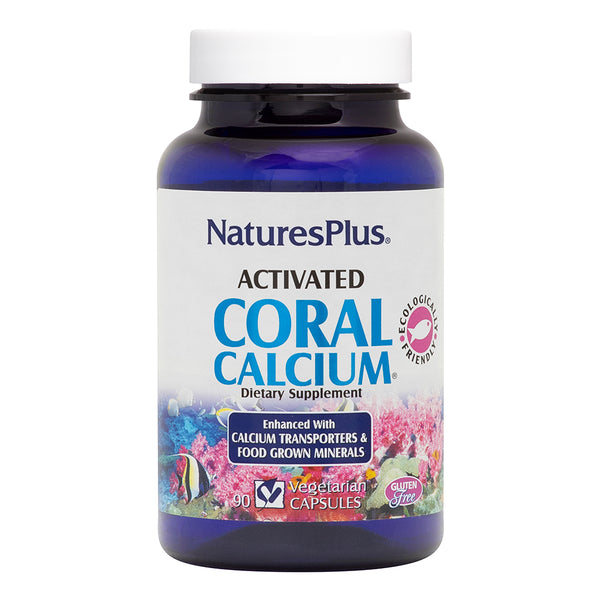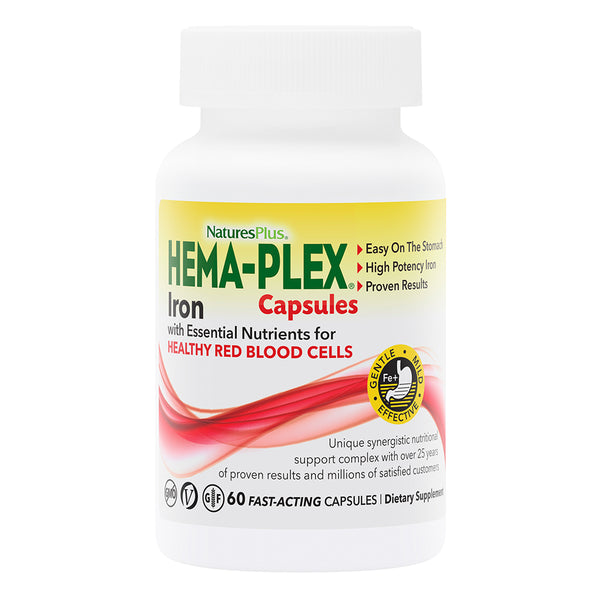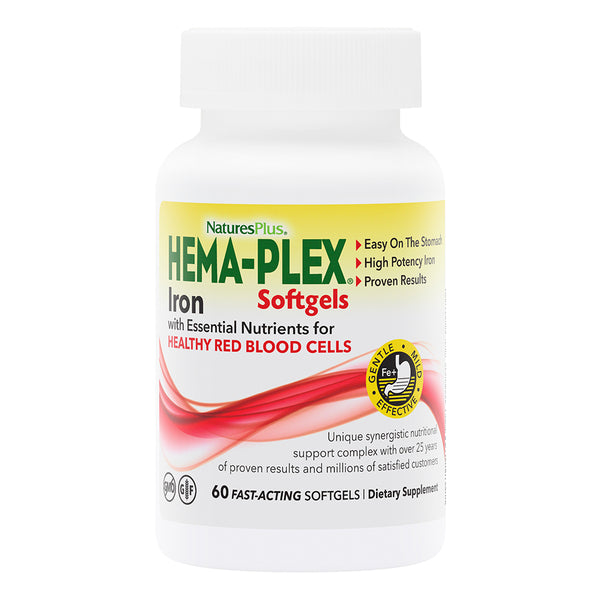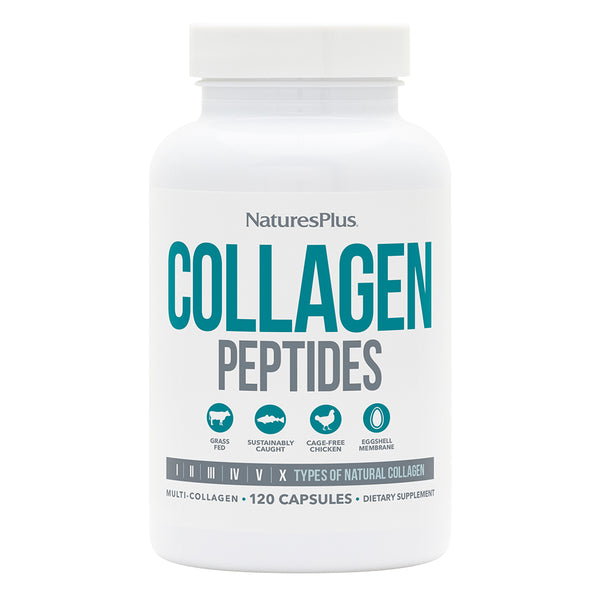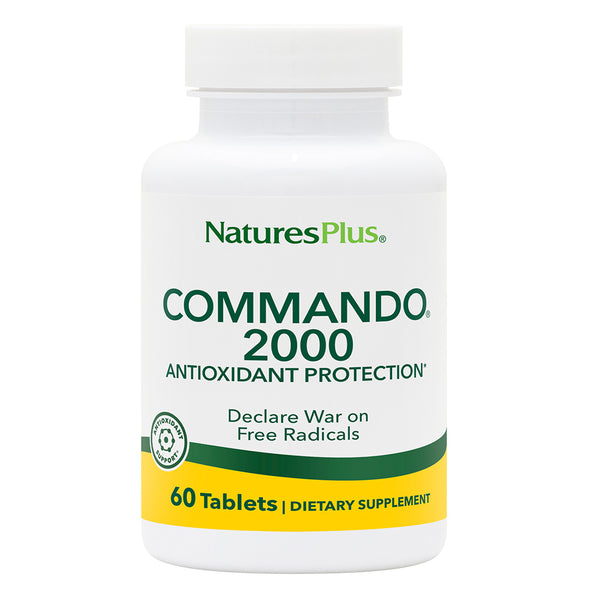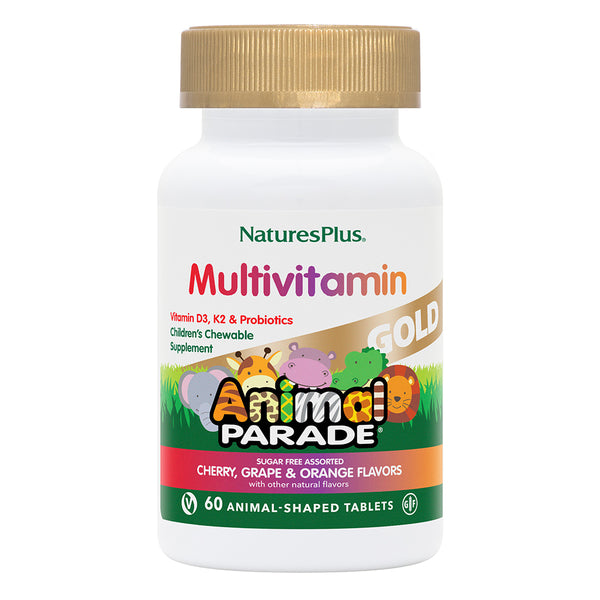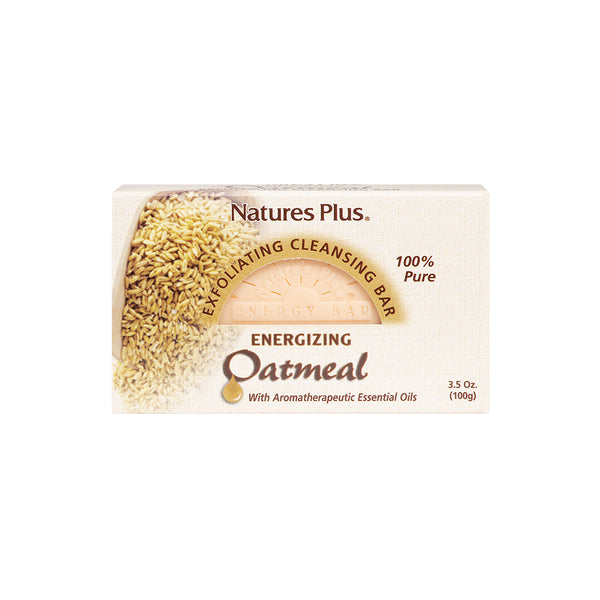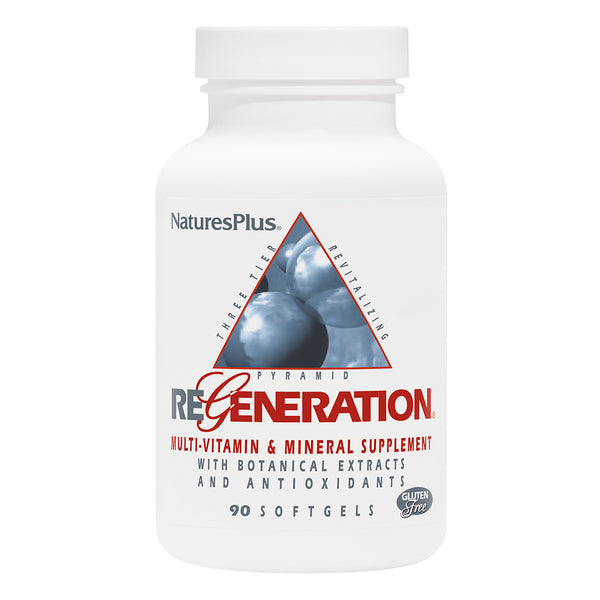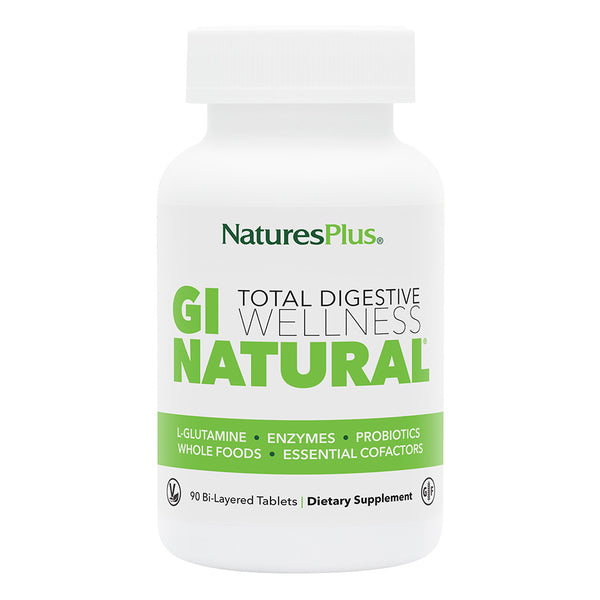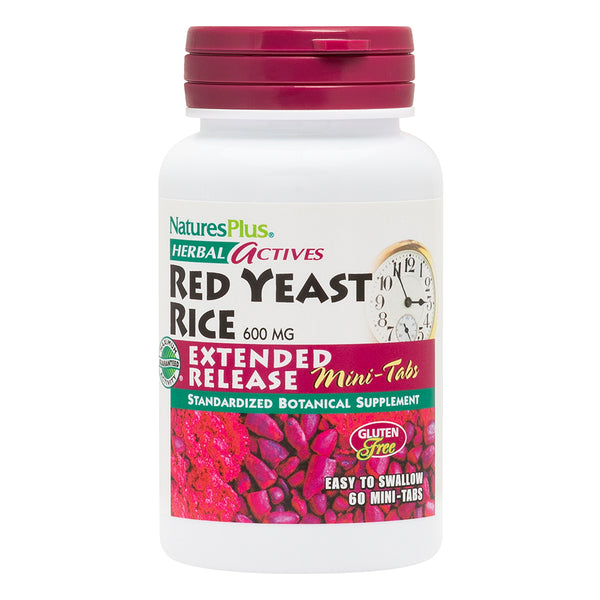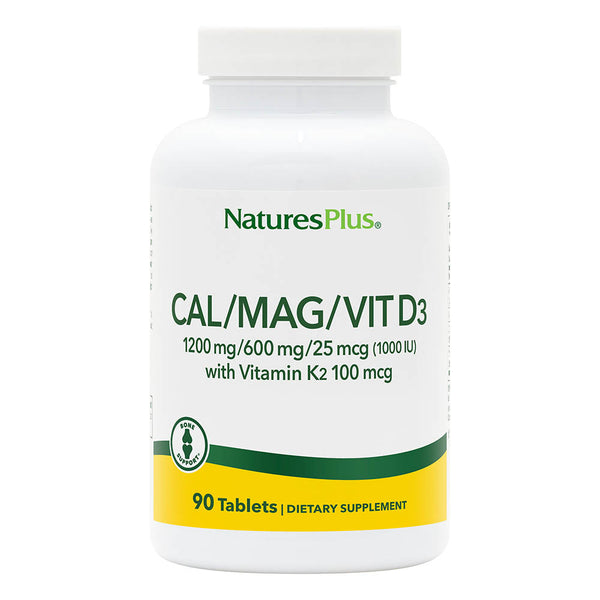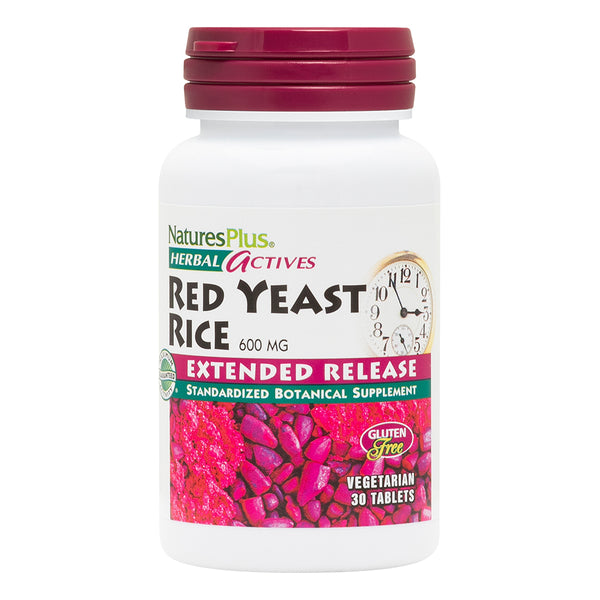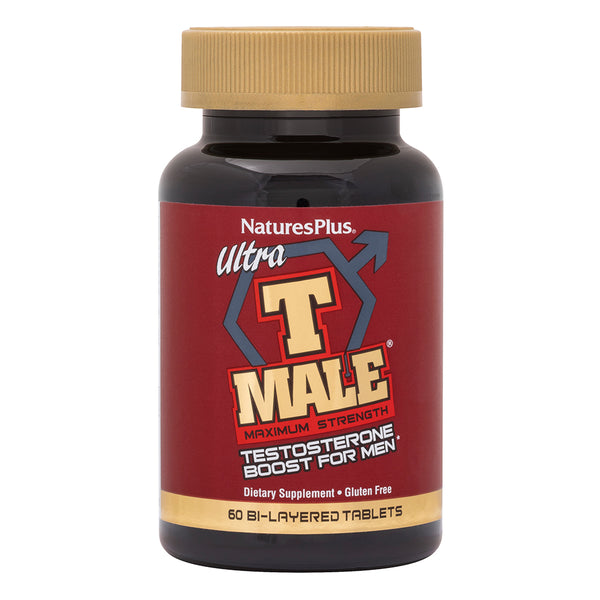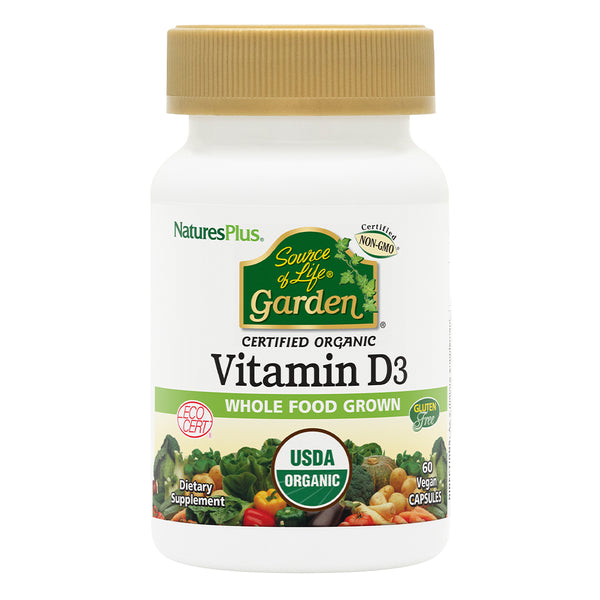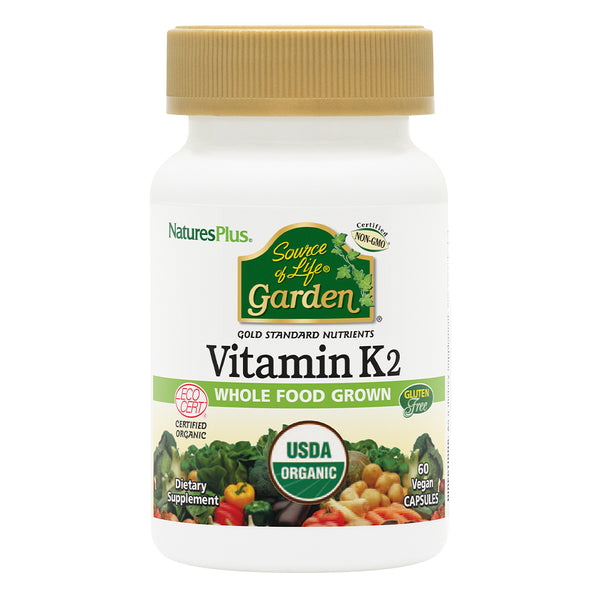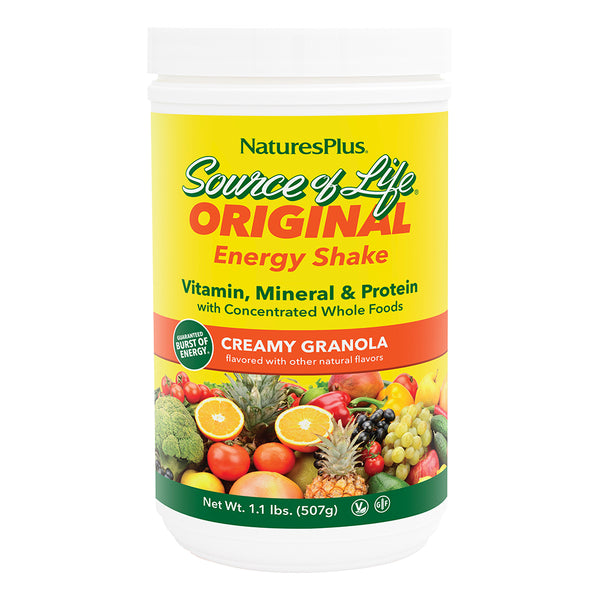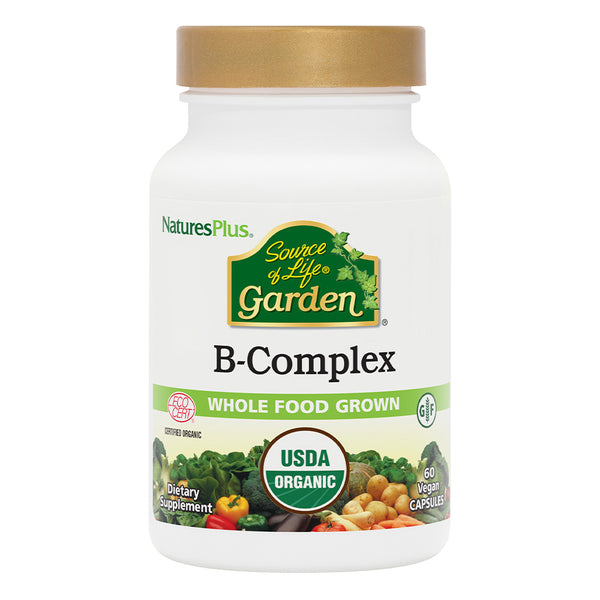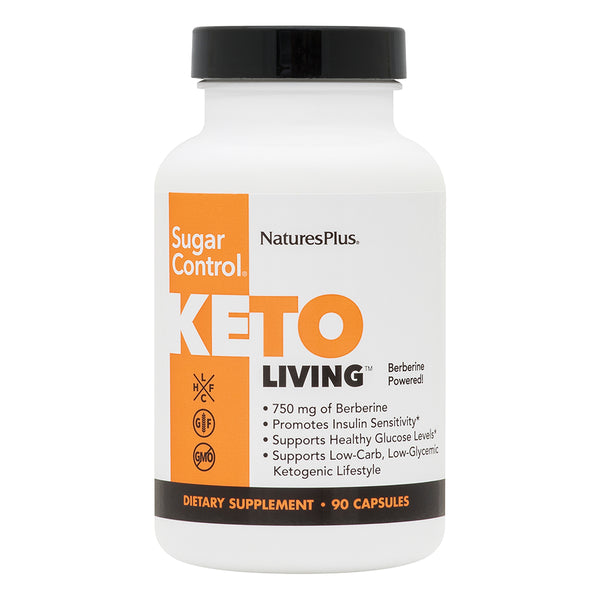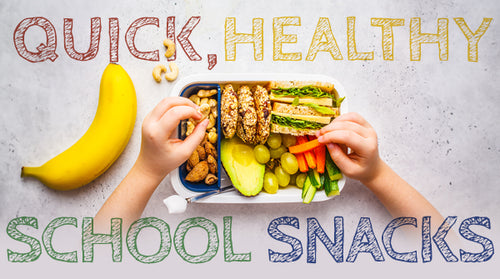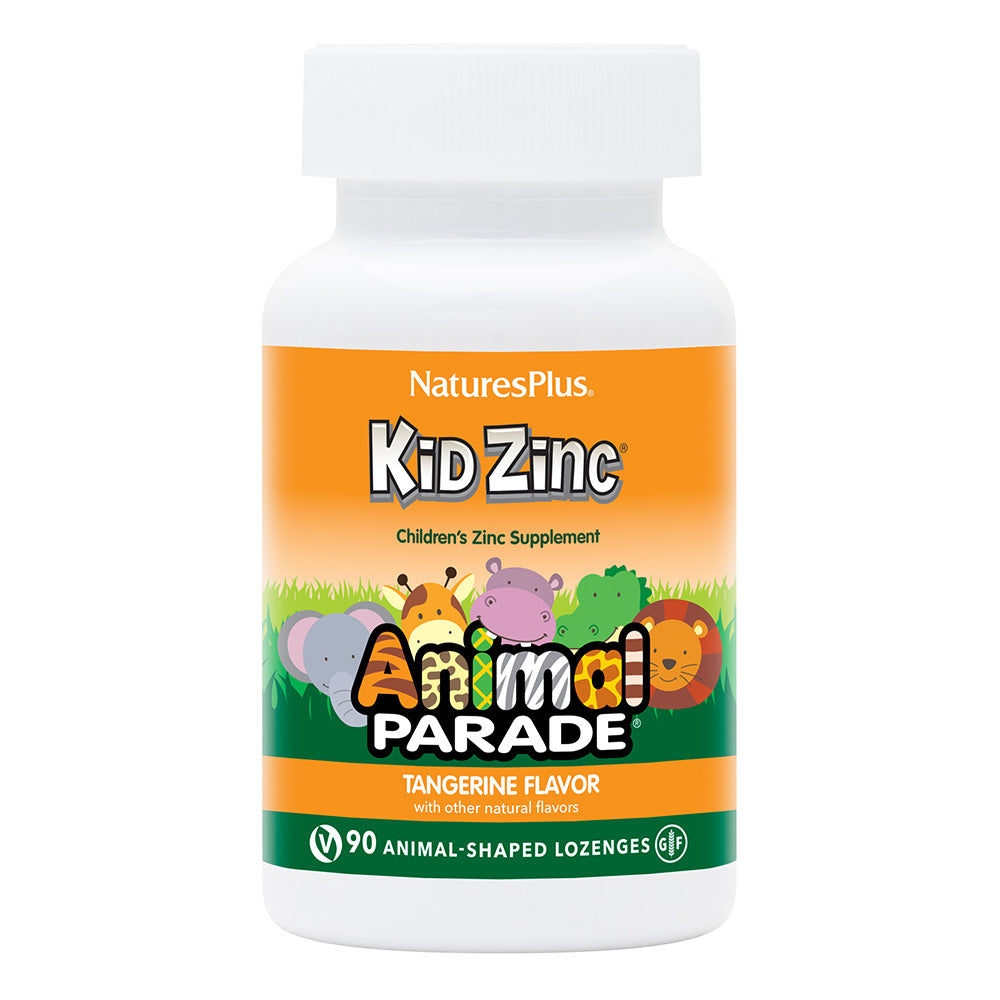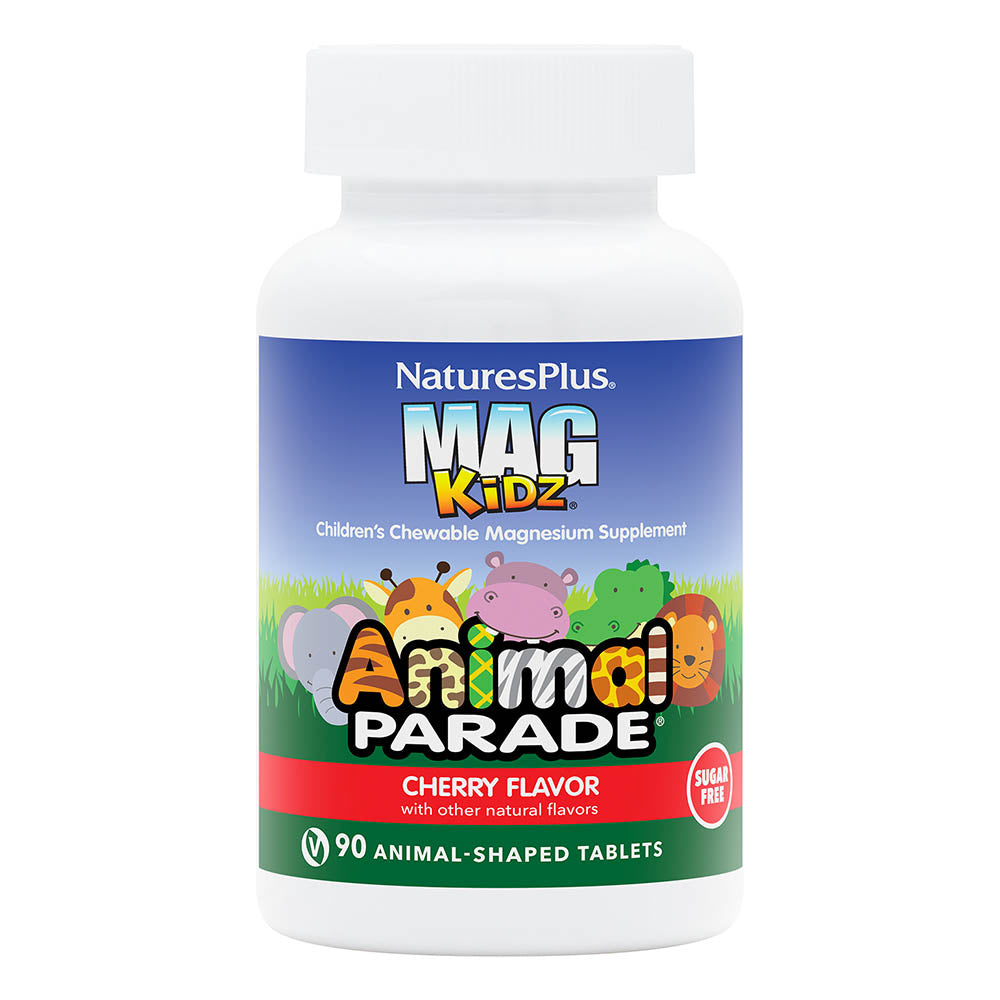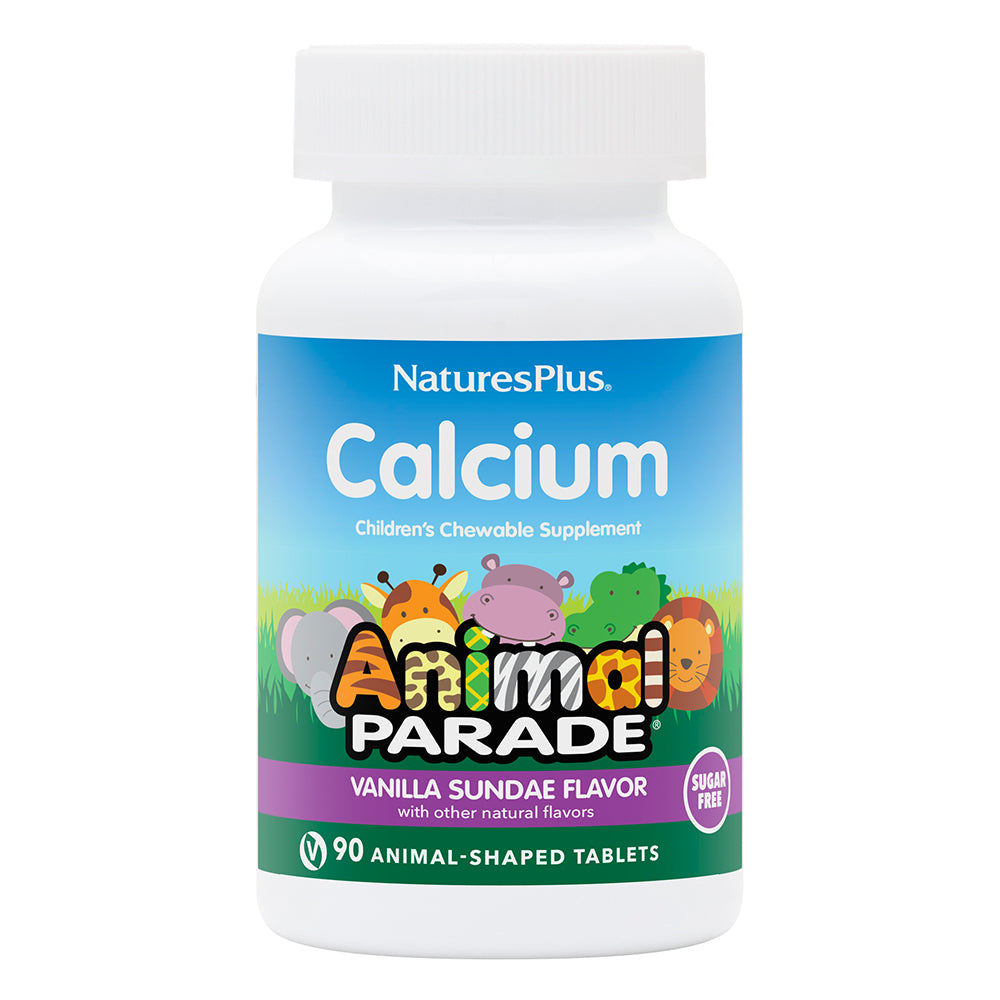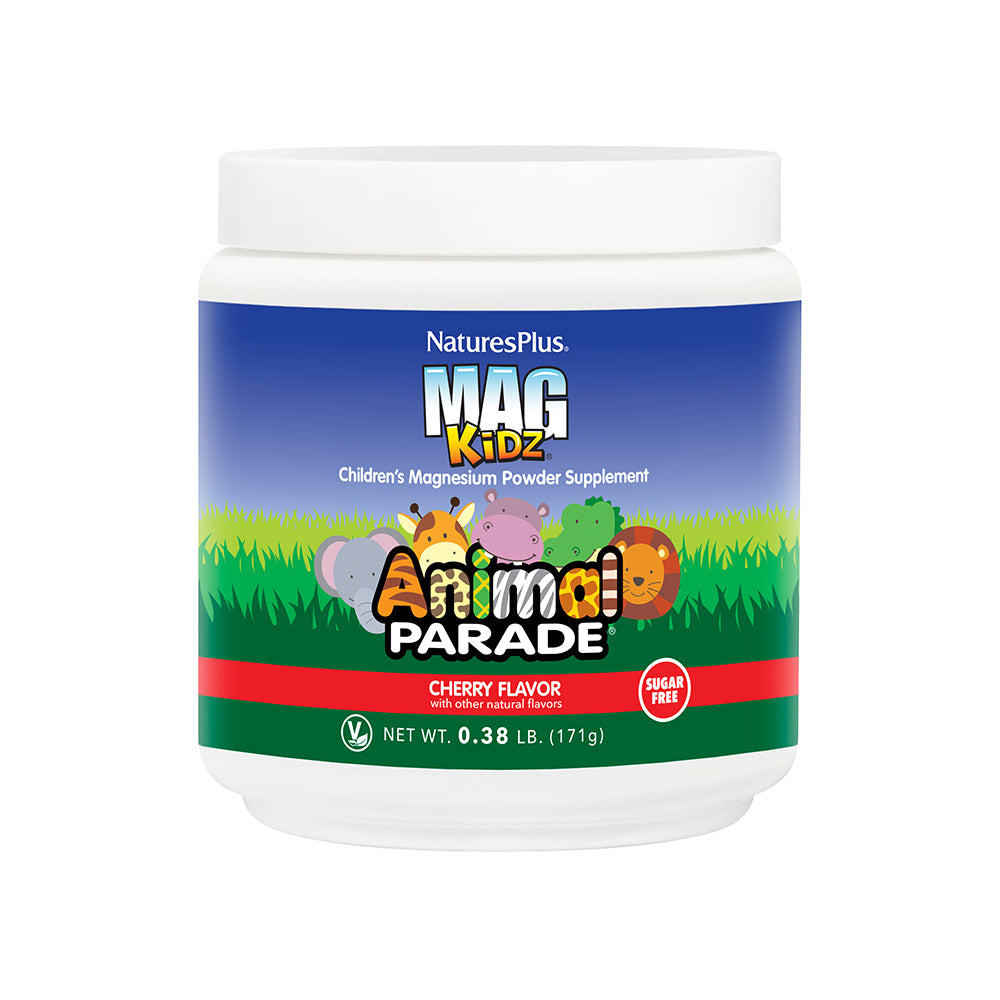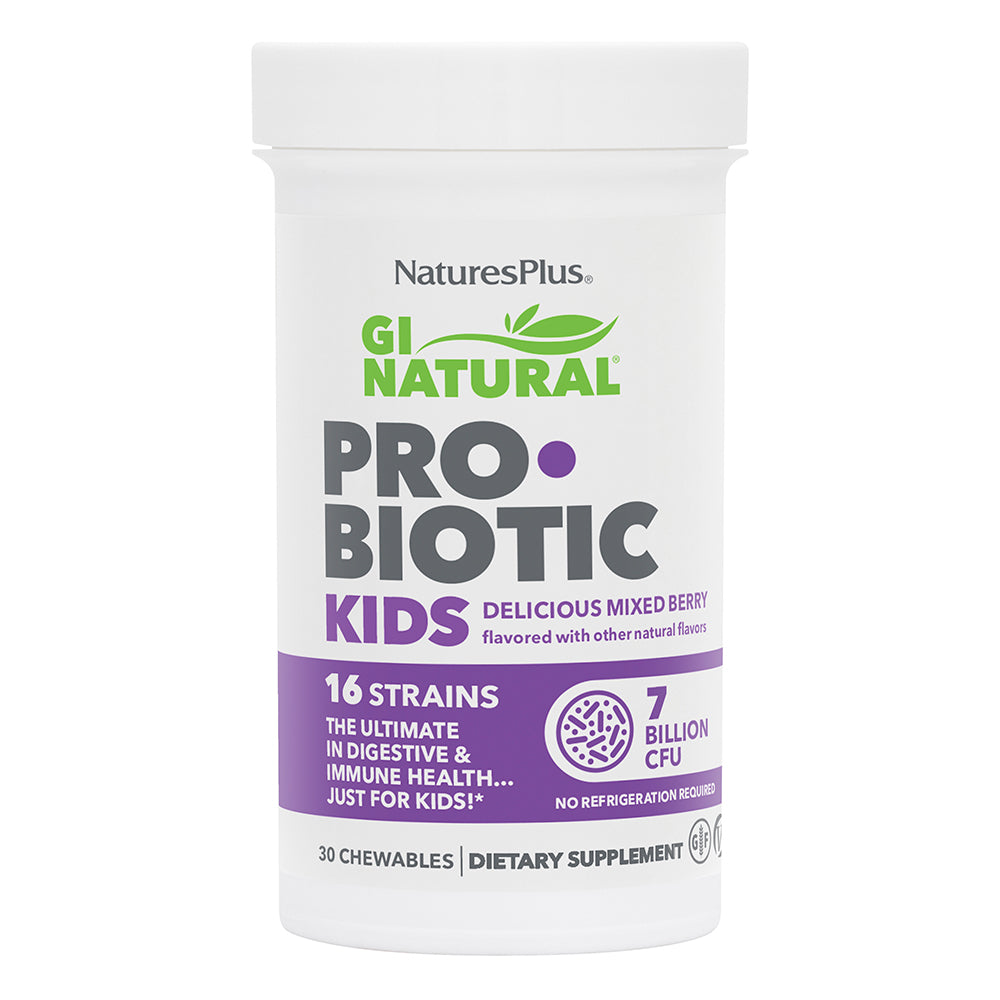As a new school year begins, you need to do more than just buy pencils and a backpack—you need to consider how to feed your child so he or she is fully nourished and ready to learn when classes start.
Fuel Kids With a Good Breakfast
Dashing out the door makes it easy for kids to skip breakfast and end up trying to make it to lunch on an empty stomach. That’s a bad idea.
Healthy eating has been linked to academic success and cognitive function, according to the Centers for Disease Control, and kids who eat well have more energy and better concentration.†The information provided is not an endorsement of any product, and is intended for educational purposes only. NaturesPlus does not provide medical advice and does not offer diagnosis of any conditions. Current research on this topic is not conclusive and further research may be needed in order to prove the benefits described. The conditions and symptoms described may be indicative of serious health problems, and therefore should be brought to the attention of a qualified healthcare practitioner. Some schools provide breakfast; if yours does not, make sure your children eat before leaving home.
“Start their day with 100% whole-grain oatmeal,” advises Kelly Springer, RD. “It’s packed with fiber to help keep blood sugar from spiking, and it maintains steady energy throughout the day.” (Avoid sugary cereals, which can cause a sugar “high” followed by a crash.) Springer suggests topping oats with nutrition boosters such as fresh fruits, granola and nut butters.
Feed a Variety of Foods
The best way for your child to get all the nutrients he or she needs for steady growth and development is to offer a selection of fruits, whole grains, lean protein and dairy.
“Offering a combination of food groups at every meal and snack helps ensure your child is getting adequate nutrition,” says Amy Goodson, RD. “In addition, introducing fruits and vegetables in different ways often increases the appeal of those foods.” Goodson recommends the government site USDA MyPlate for healthy snack and meal ideas for parents.
“Specific nutrient requirements vary based on the age of the child: infants, toddlers, children, adolescents and teens,” Goodson adds. “Small children need fewer calories than adults, but those numbers, along with nutrient needs, increase with growth and development.”
As a baby becomes a toddler and continues to grow, his or her dietary needs and appetite change. Toddlers and preschoolers grow in spurts, and their appetite typically reflects this.
“Children regulate their food intake over a longer period of time than adults,” says Goodson. “So don’t worry if your child eats less for a few days. He or she will bounce back. Also, many kids will eat more leading up to a growth spurt before you see any growing happening. The key with kids is to not restrict calorie intake, but instead to offer nutrient-rich foods in a variety of ways for them to choose.”
In a world of tempting processed foods and sweet treats, it’s unrealistic for parents to expect their kids won’t be swayed into eating unhealthy “junk food” and treats on occasion.
“We want kids to have a nutritious diet, but we need to find a good balance between healthy foods and treats,” says Danelle Fisher, MD. “It’s important to be able to work treats into a diet so children know how to manage it in healthy portions.” Treats can be easy to reach for, especially for kids, and they have their place in an overall nutrition plan.
Veggies Are Vital
Even with the best of intentions, it can be tough for parents to entice their children to eat enough variety to meet all their dietary needs.
“Throughout childhood, the nutrients most likely to be missing from a child’s diet are those that come from vegetables,” says Rallie McAllister, MD, MPH. “Most parents struggle to get their kids to eat vegetables, but no matter how challenging it might be, never give up. Vegetables are chock-full of important vitamins, minerals and fiber, critically important to a child’s present and future health.”
Each vegetable color group provides a unique combination ofphytonutrients, beneficial substances produced by plants, that support the health of a child’s developing body. For example, beta-carotene is found in pumpkin, sweet potatoes, carrots and dark greens such as kale, while lycopene is found in tomatoes, red peppers and grapefruit.
The challenge of getting kids to eat their veggies can be a tough one. “It often takes five or six tries before a child grows to enjoy the taste and texture of some vegetables,” says McAllister, who suggests the following ideas:
- Offer your child choices at every meal. This may be a couple of baby carrots, a few broccoli florets or several slices of colorful bell peppers, cucumbers and squash. Asking, “Would you rather have peppers or cucumbers?” is more likely to get the desired response, versus demanding children eat their vegetables.
- Serve veggies with a tasty, nutritious dip. Almond butter, yogurt-based dips and pesto are good ones to try.
- When introducing a new vegetable, ask your child to simply taste it with her tongue, and then encourage her to take a small bite. Assure her that you’ll allow her to spit it out into a napkin if she doesn’t like it. Praise her for trying it.
- Experiment with different textures. Your child might not enjoy cooked green beans but she might love them fresh and crisp. If fresh carrots are too crunchy, try offering them steamed.
- Most important, allow your children to see you eating and enjoying veggies at snacks and meals.
Ensure Children Get All the Nutrients They Need
Eating a variety of foods helps keep kids supplied with needed nutrients, such as calcium, vitamin D and other healthful substances.
For instance, "protein can be lacking, especially when parents substitute other milks into their child’s diet in place of cow’s milk,” says Fisher. She cites almond milk as an example: It contains a a substantial amount of calcium but very little protein, "so parents need to include other ways to get protein in their child’s diet.”
†The information provided is not an endorsement of any product, and is intended for educational purposes only. NaturesPlus does not provide medical advice and does not offer diagnosis of any conditions. Current research on this topic is not conclusive and further research may be needed in order to prove the benefits described. The conditions and symptoms described may be indicative of serious health problems, and therefore should be brought to the attention of a qualified healthcare practitioner.The information provided is not an endorsement of any product, and is intended for educational purposes only. NaturesPlus does not provide medical advice and does not offer diagnosis of any conditions. Current research on this topic is not conclusive and further research may be needed in order to prove the benefits described.The conditions and symptoms described may be indicative of serious health problems, and therefore should be brought to the attention of a qualified healthcare practitioner.
Like this article? You’ll love our weekly newsletter
sign up here!
**These statements have not been evaluated by the Food and Drug Administration. This product is not intended to diagnose, treat, cure or prevent any disease.
